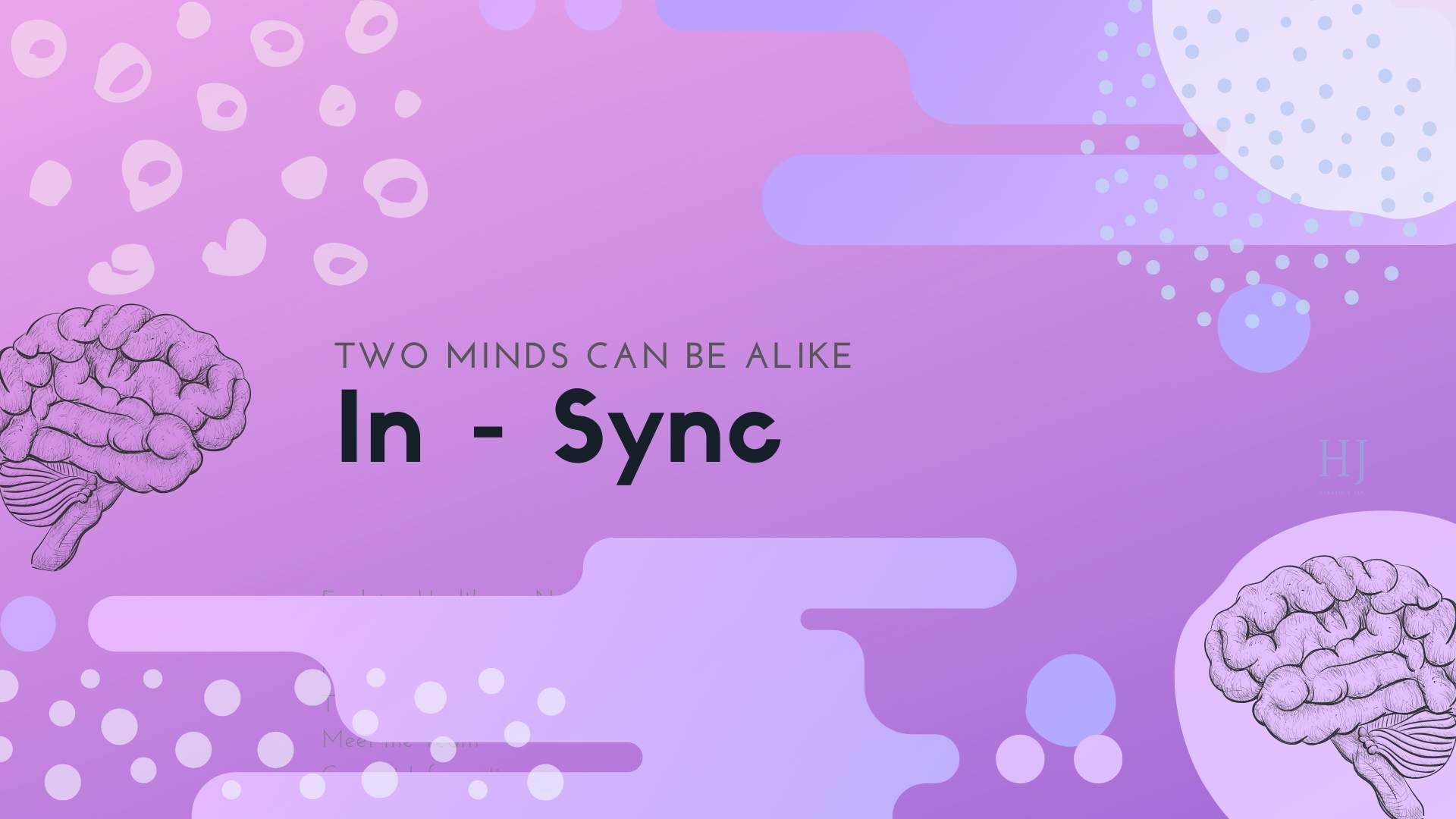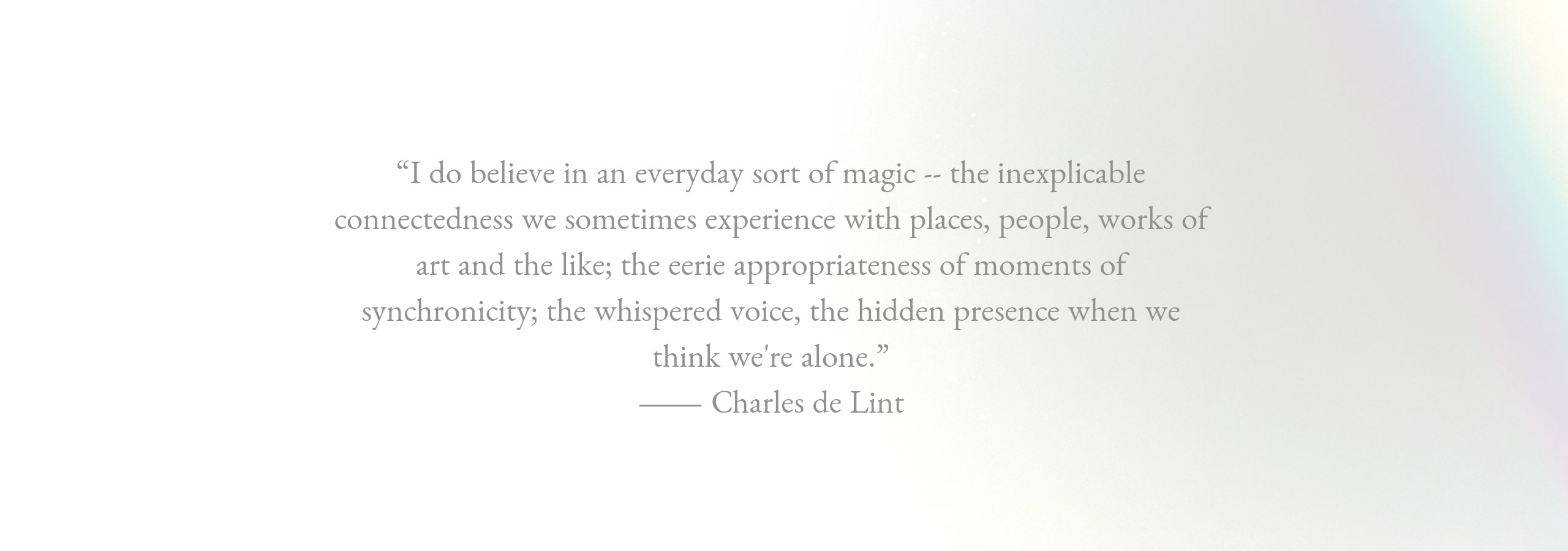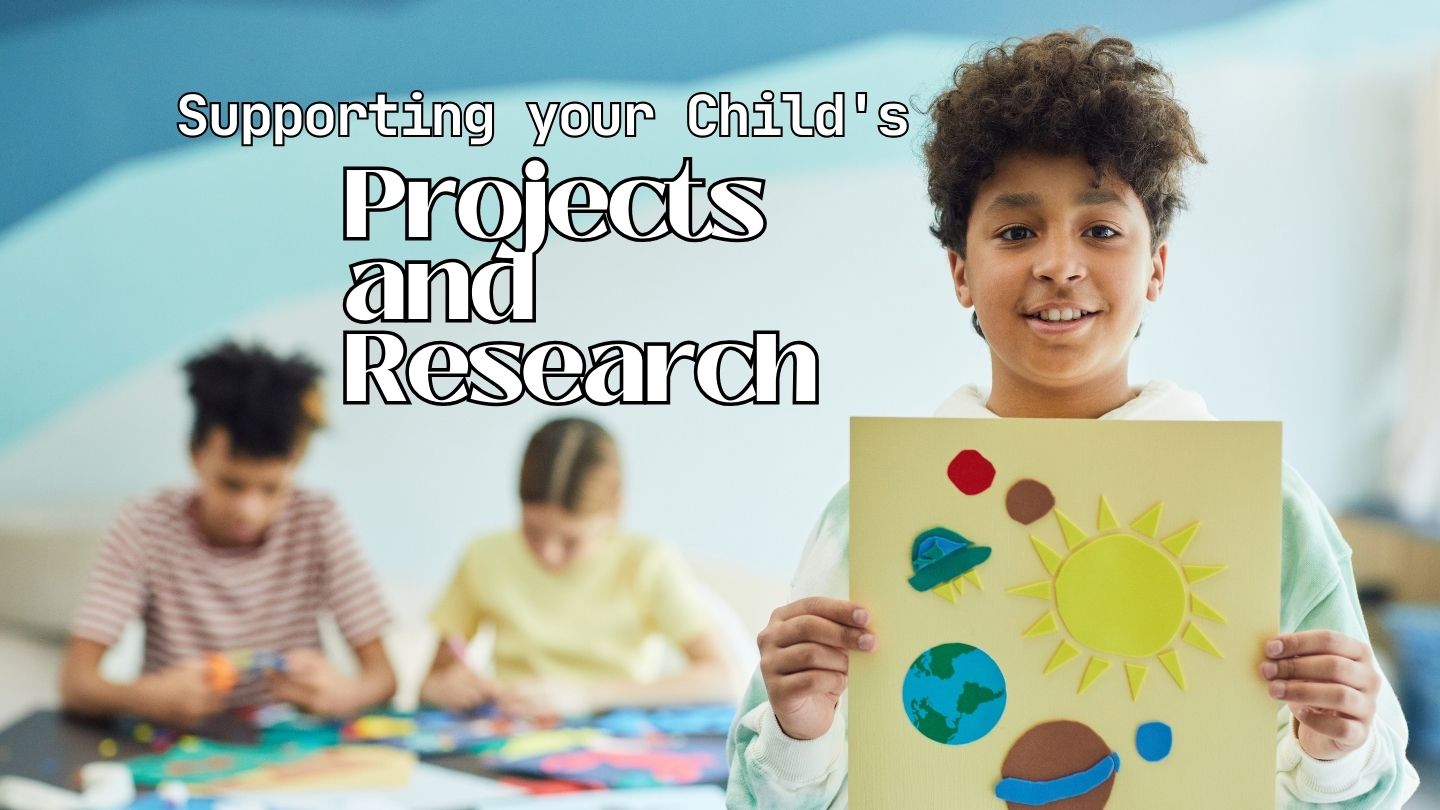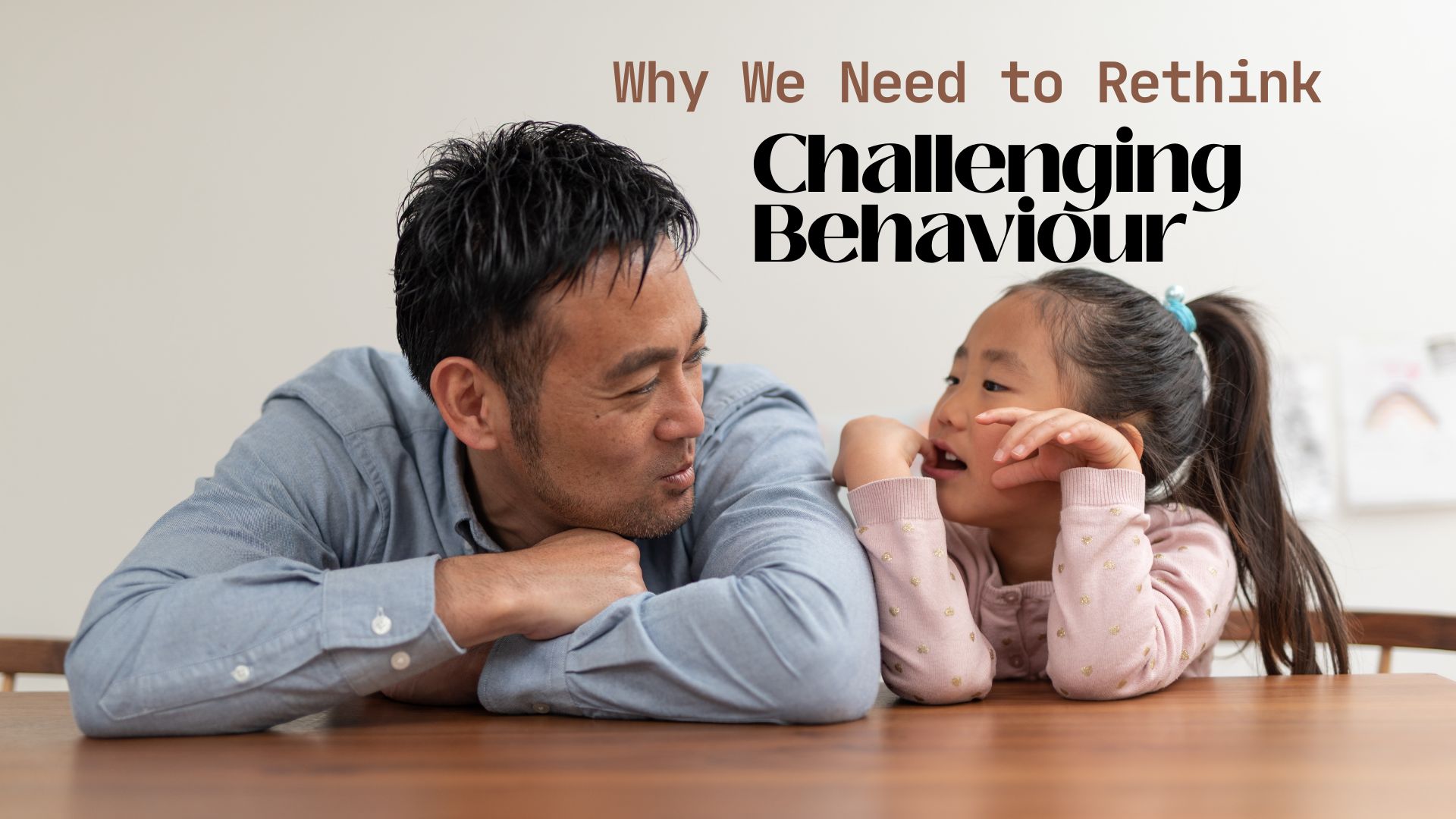Latest From Upschool
- Supporting your Child’s Projects and Research
- Age-Appropriate Expectations
- Why We Need to Rethink Challenging Behaviour
- Navigating the Dynamics of Sibling Relationships
- Creating a Culture of Learning at Home
- Creative and Easy DIY Projects for Parents and Children
- Tips for Working Parents
- Review Educational Apps, Games, and Other Tech Tools for Kids
-
-
No videos yet!
Click on "Watch later" to put videos here
- View all videos
-
-
-
Don't miss new videos
Sign in to see updates from your favourite channels
-
Guest Contributors
New & Big Ideas (Guest Contributors)
Science & Technology (Guest Contributors)
In Sync

In Sync
Music could hold the key to improving student engagement and learning. Could listening to music before classroom tasks enhance the social and emotional bonds of students, enhance cognitive function and improve the overall health and wellbeing of our kids? Music influences our thoughts, feelings and emotions, and it can also increase our ability to consolidate and store memories, learn new things and increase our social and emotional intelligence. When infant children are exposed to music with play, studies show their speech patterns, theory of mind and the ability to predict rhythms are enhanced. Sharing music, making music and dancing with music makes us closer in physical proximity but it also means our brains are closer too. Science proves that the quality of music we listen to, sharing the listening experience and making music brings us closer together by syncing our brain waves, changing our chemistry and helping us work in unison.Music And Dementia
In 2014 a man named Dan Cohen along with a team of healthcare visionaries set out to document the effects music could have on the memories of Dementia patients in the United States. The film, 'Alive Inside' chronicles the lives and experiences of various dementia patients have when given iPods with the music they like to listen to. The result was startling as Dan and nursing staff watched patients previously locked in the minds, inert and silent suddenly light up and begin singing along to their music. In the moments after listening to familiar songs, the patients were able to retrieve memories long forgotten and communicate them to Dan and the nursing staff at the rest homes. This documentary spearheaded research into how music activates areas of the brain associated with memory and emotion. Scientists know that music hs the potential to increase working memory and in the case of dementia patients help in the retrieval of memories, the management of behavioural problems and can assist with coordination, verbal communication, cognition and overall wellbeing.Alive Inside
http://www.aliveinside.us/#land Alive Inside - Alzheimers Documentary ALIVE INSIDE is a joyous cinematic exploration of music’s capacity to reawaken our souls and uncover the deepest parts of our humanity. Filmmaker Michael Rossato-Bennett chronicles the astonishing experiences of individuals around the country who have been revitalized through the simple experience of listening to music. https://youtu.be/IaB5Egej0TQ Dan Cohen, MSW, is the founding Executive Director of Music & Memory, Inc. He combines an extensive background in high tech training, corporate sales and software applications with social work, specialising in vocational rehabilitation and community service organising.Two Minds Really Do Think Alike
Suzanne Dikker cognitive neuroscientist explores the interaction between art, concentration and mental synchronicity to understand our social connections and our behaviour. Her projects include the use of EEG ( electroencephalogram ) to study the brains of high school students. She discovers that students who's brain waves are in synch feel a greater sense of wellbeing in the classroom, perform better cogntively and show high classroom engagement.SUZANNE DIKKER
cognitive neuroscience | art | ed DYNAMIC CLASSROOM INTERACTIONS with David Poeppel, Dana Bevilacqua, Lu Wan, Mingzhou Ding, Lisa Kaggen, Ido Davidesco & Matthias Oostrik We work with high schools to investigate the brain basis of classroom interactions. Students are involved in the design and execution of the research and participate as experimental subjects while we record their brain activity during their regular classes. http://www.suzannedikker.net/projectsFour Ways Music Strengthens Social Bonds
Why would human evolution have given us music? New research says the answer may lie in our drive to connect. According to researchers, when we try to synch with others musically—keeping the beat or harmonizing, for example—we tend to feel positive social feelings towards those with whom we’re synchronizing, even if that person is not visible to us or not in the same room. https://greatergood.berkeley.edu/article/item/four_ways_music_strengthens_social_bondsSynchronised brainwaves a sign of positive feelings
A classroom study finds that brainwave synchronization is a reliable marker of interpersonal feelings and class engagement, writes Andrew Masterson. Why would human evolution have given us music? New research says the answer may lie in our drive to connect. In a report published in the journal Current Biology, Dikker and her colleagues establish that brain synchronisation between students is a reliable marker of how well they like each other, and how they feel about the lesson they are undertaking. https://cosmosmagazine.com/biology/synchronised-brainwaves-a-sign-of-positive-feelings
Synchronised brainwaves a sign of positive feelings
A classroom study finds that brainwave synchronisation is a reliable marker of interpersonal feelings and class engagement, writes Andrew Masterson. Why would human evolution have given us music? New research says the answer may lie in our drive to connect. In a report published in the journal Current Biology, Dikker and her colleagues establish that brain synchronisation between students is a reliable marker of how well they like each other, and how they feel about the lesson they are undertaking. https://cosmosmagazine.com/biology/synchronised-brainwaves-a-sign-of-positive-feelings Guest Contributor: Emily Rack Business Name: Horatio’s Jar Publisher: Digital Schools Emily Rack is a yoga teacher, meditation instructor, freelance writer and visual content creator. She incorporates a unique creative flair into her yoga and meditation classes, courses and workshops. Emily hosts events and classes in schools and the wider community & is passionate about teaching the art of mindfulness. ——- PUBLISHER’S DISCLAIMER: The publisher of this blog post (Digital Schools PTY LTD) works in partnership with the school as a 3rd party provider to help build and maintain the school website. Digital Schools sources a range of experts who provide products and/or services to educational institutions and we work with them to produce and publish topical information in the form of blog posts that we think may be relevant, interesting or topical to families within the community. The views, opinions and content listed in this blog post are that of the guest contributor and/or publisher (Digital Schools). It should be noted that whilst the publisher and guest contributors are acting with the best intentions and in the best interests of the school and their community to provide helpful or interesting information, sometimes the content may not necessarily reflect the views of the school. The information in this blog post is not meant to be used, nor should it be used, to diagnose or treat any medical condition. For diagnosis or treatment of any medical problem, consult your own physician. The school and the publisher of this blog post are not responsible for any person reading or following the information in this article who may experience adverse effects. Any references to external websites or sources are provided for informational purposes only and do not constitute endorsement by the school or publisher in any way and the publisher and/or school cannot guarantee accuracy of information listed. If you have feedback on any content on this platform, you can submit it to the publisher using the feedback link provided at the bottom of this page.
TAGS
Daily Inspo
Grown Ups
Mindfulness for Adults
Neurosciences
Notable People
Sciences
Thinking Positive
Wellbeing
NEW TO EXPLORE





